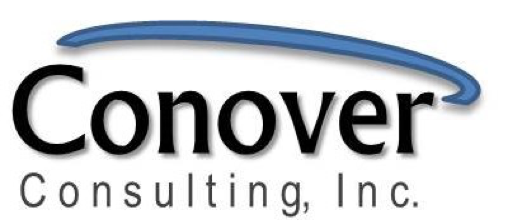Is it Time For a New Performance Review Model for Our Hybrid Workplace?
The annual performance review is a tradition in many companies. But in these days of remote/hybrid working, managers must reconsider not only how to conduct such evaluations, but exactly what they intend these exercises to achieve. But first, the idea of rating individual performance to reward success and punish failure probably goes back as far as ancient Egypt.
Even so, it took several thousand years and the advent of the Industrial Revolution with its focus on metrics and unit productivity for the practice to become institutionalized. In World War I and World War II, the U.S. military regularly rated enlistee performance on a set scale to determine who should be promoted—and who should be discharged. After the war, this practice seeped into the corporate world, finally becoming enthusiastically embraced by CEOs like General Electric’s now-legendary chairman Jack Welch who made the annual performance review a pillar of his company’s corporate culture.
These days? The traditional annual performance review is a systemized process whereby managers judge their worker’s achievements against a common standard, lay out goals for the coming year, then present a roadmap for achieving these objectives.
The review tends to break down into four separate parts:
1. Performance Assessment. The manager evaluates an employee’s job performance along multiple axes. These can cover areas like productivity, communication, collaboration, reliability, work quality, problem-solving, and timeliness.
2. Goal Setting. A manager next lays out their expectations for the employee in the coming year. Ideally, these goals should be what’s known as SMART: Specific, Measurable, Attainable, Relevant, and Time-based.
3. Feedback. The employee now gets to respond to what the manager has said, perhaps agreeing with the assessment, possibly proposing alternative goals, and usually providing mitigating reasons for any criticisms.
4. Development Plan. Once goals have been agreed to, the manager lays out steps to help the employee improve their performance, meet the established goals, and perhaps even take advantage of areas where the company sees potential growth and promotion opportunities.
Since the turn of the millennium, the traditional annual performance review has come under attack from many directions, the chief criticism being good performance should be rewarded—and bad performance corrected—on an ongoing basis—not just once a year. And since the advent of COVID-19 in 2020, which forced many companies to adopt remote or so-called hybrid work policies, companies have found traditional performance reviews, even done as often as once per month, can’t be used to properly evaluate or correct the activities of workers who are not physically present most or even all the time.
Why does this pose a problem? There are several reasons:
1. Limited Visibility. In remote setups, managers usually can’t “see” what employees are doing, which makes performance evaluations based on direct observation difficult. They can only judge on results, not the process by which those results were achieved.
2. Communication Barriers. The absence of regular in-person interactions tends to make communications briefer and more formal than most managers are used to. With only emails, texts, and occasional phone/teleconference calls to work from, managers may feel they don’t have enough data from which to make a comprehensive evaluation.
3. Biases. The most common argument against remote working is that, given sufficient liberty, employees will goof off, regardless of what productivity gains are actually produced. Most managers are simply programmed to look skeptically on employees who work remotely, a prejudice that may take a whole generation to overcome.
Earlier this year, the Harvard Business Review addressed this topic, proposing a new set of criteria for companies that wish to regularly assess the performance of remote and hybrid workers. In the article, author Scott Behson laid out three areas where employers should put the most focus:
1. Culture and Values. Even if employees are not physically present much or most of the time, their behavior should still align with company standards in such areas as communication, customer service, quality, speed, and responsiveness. This is particularly important when employees have contact with clients and customers, who will make judgements about the company they represent regardless of if they are working in an office, at home, or at the local Starbucks.
2. Key Metrics. This involves establishing a set of performance goals and revenue targets, then tracking them on a real-time basis, regardless of where the work is being done. As the article notes, “This system is fair and transparent for both those employees who mostly work at the office and those who mostly work remotely and, importantly, creates accountability for managers in engaging and retaining employees.”
3. Leveraging Technology. Using dashboards/apps to track and rate employee performance not only provides a superior level of accuracy, it’s also fairer than analog systems relying on personal judgements and biases.
Like everything else in the age of COVID, having a more hybrid model requires increased high-touch intentionality. Company leadership needs to be training, coaching, and educating its workforce all year long. And not just thinking about how to maximize productivity during a specific season.
At Conover Consulting, we empower companies like yours to deal with the challenges of our new hybrid work economy. For more information on how you can make the most of your workforce today, please contact me at laura@conoverconsulting.com.

